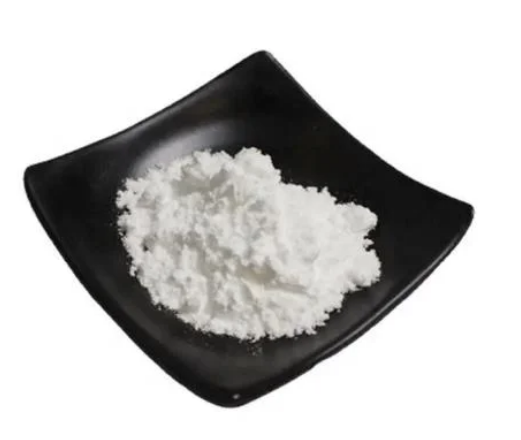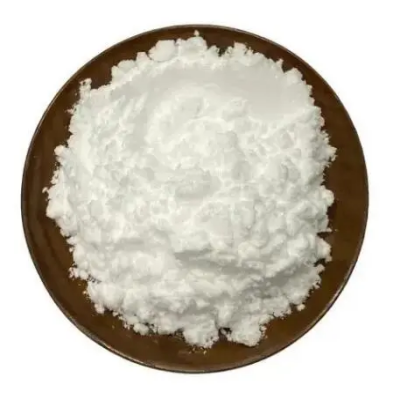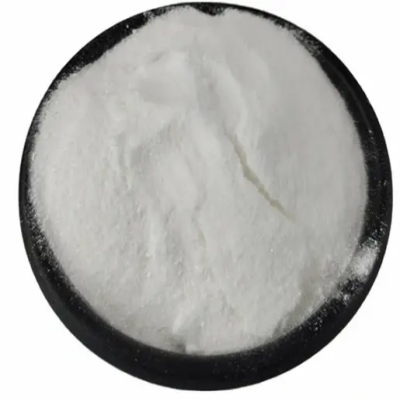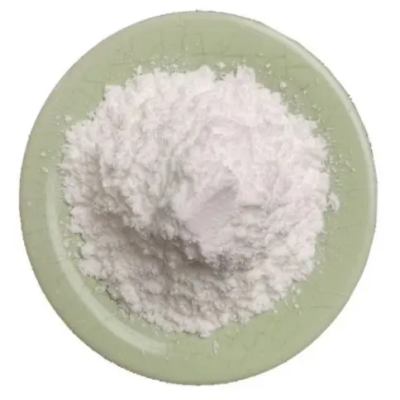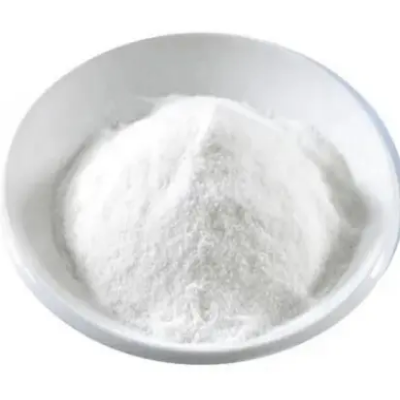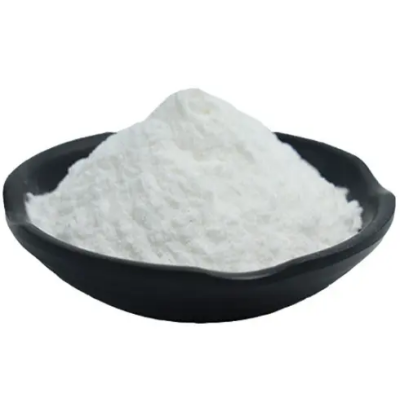3-(1-pyridinio)-1-propanesulfonate CAS:15471-17-7
Fluorescent Probe: TPPS3 can be used as a fluorescent dye for the detection and imaging of biological molecules and cellular structures. Its unique chemical structure allows it to absorb and emit light in the visible range, making it useful for fluorescent labeling and tracking in biological systems.
Photodynamic Therapy (PDT): TPPS3 is commonly used in photodynamic therapy, a cancer treatment that involves the activation of photosensitizers by specific wavelengths of light. When TPPS3 is irradiated with light of the appropriate wavelength, it generates reactive oxygen species (ROS), causing cellular damage and apoptosis in cancer cells. This selective targeting of cancer cells makes TPPS3 an effective agent for tumor destruction.
Antimicrobial Applications: TPPS3 has also shown potential as an antimicrobial agent. In studies, TPPS3 has demonstrated antimicrobial activity against a wide range of bacteria, fungi, and viruses. This property opens up potential applications of TPPS3 for disinfection, wound healing, and other anti-microbial treatments.
Energy Conversion: TPPS3 has been used as a sensitizer in dye-sensitized solar cells (DSSCs). In DSSCs, it absorbs sunlight and transfers the absorbed energy to generate electricity. The unique photophysical properties of TPPS3, such as its strong absorption in the visible range, make it a suitable sensitizer for solar energy conversion.
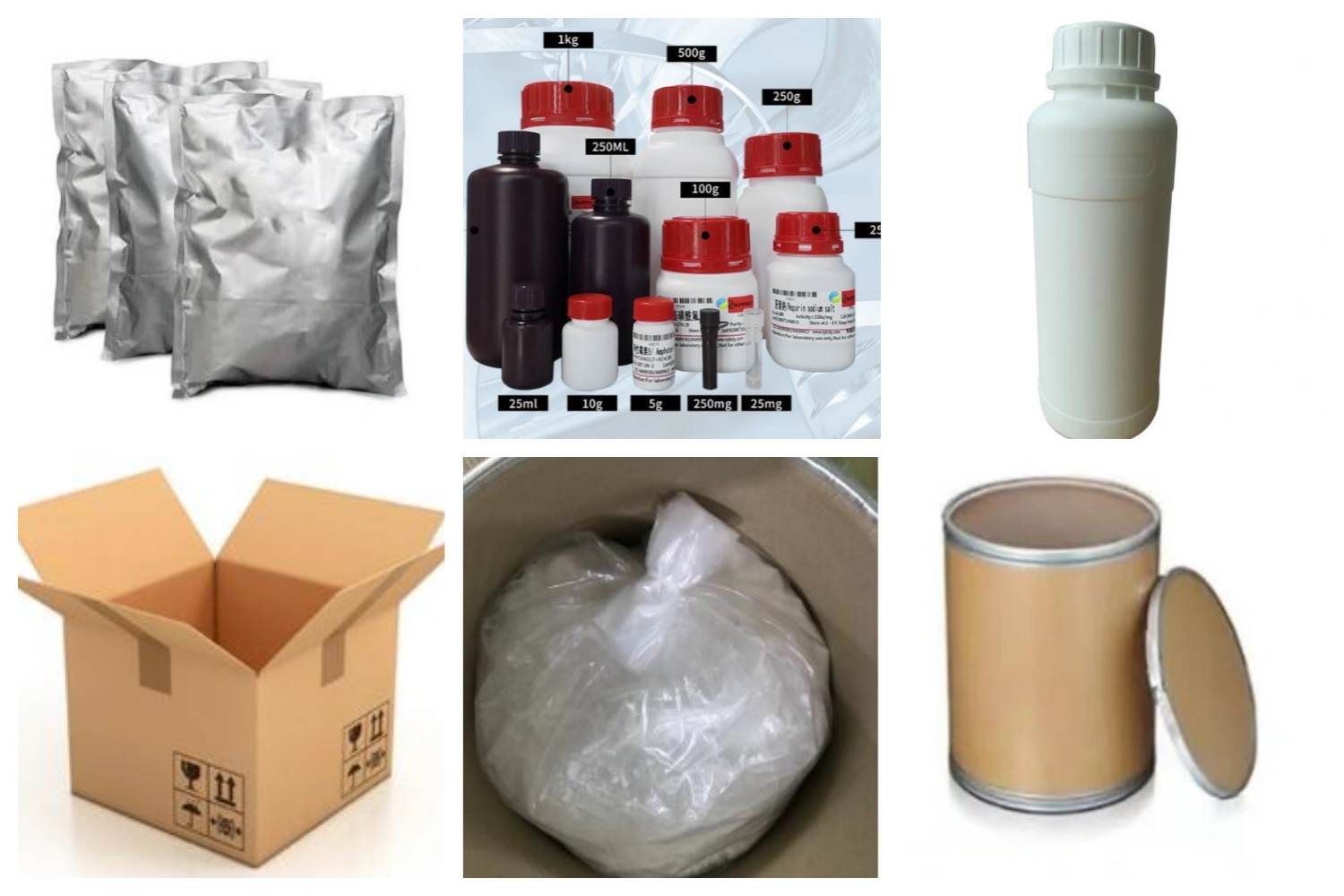
| Composition | C8H11NO3S |
| Assay | 99% |
| Appearance | White powder |
| CAS No. | 15471-17-7 |
| Packing | Small and bulk |
| Shelf Life | 2 years |
| Storage | Store in cool and dry area |
| Certification | ISO. |


